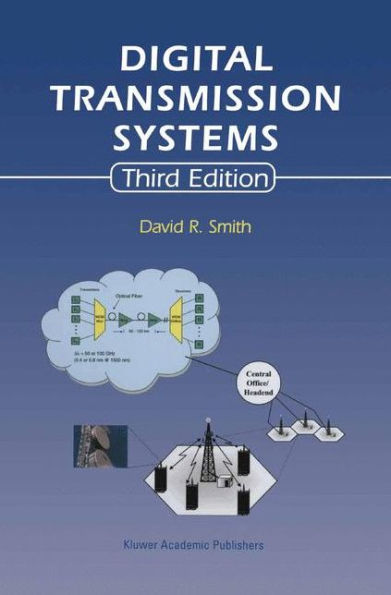5
1
9781402075872


Digital Transmission Systems / Edition 3 available in Hardcover

Digital Transmission Systems / Edition 3
- ISBN-10:
- 1402075871
- ISBN-13:
- 9781402075872
- Pub. Date:
- 11/30/2003
- Publisher:
- Springer US
- ISBN-10:
- 1402075871
- ISBN-13:
- 9781402075872
- Pub. Date:
- 11/30/2003
- Publisher:
- Springer US
249.99
In Stock

Product Details
| ISBN-13: | 9781402075872 |
|---|---|
| Publisher: | Springer US |
| Publication date: | 11/30/2003 |
| Edition description: | 3rd ed. 2004 |
| Pages: | 808 |
| Product dimensions: | 6.10(w) x 9.25(h) x 0.07(d) |
About the Author
From the B&N Reads Blog
